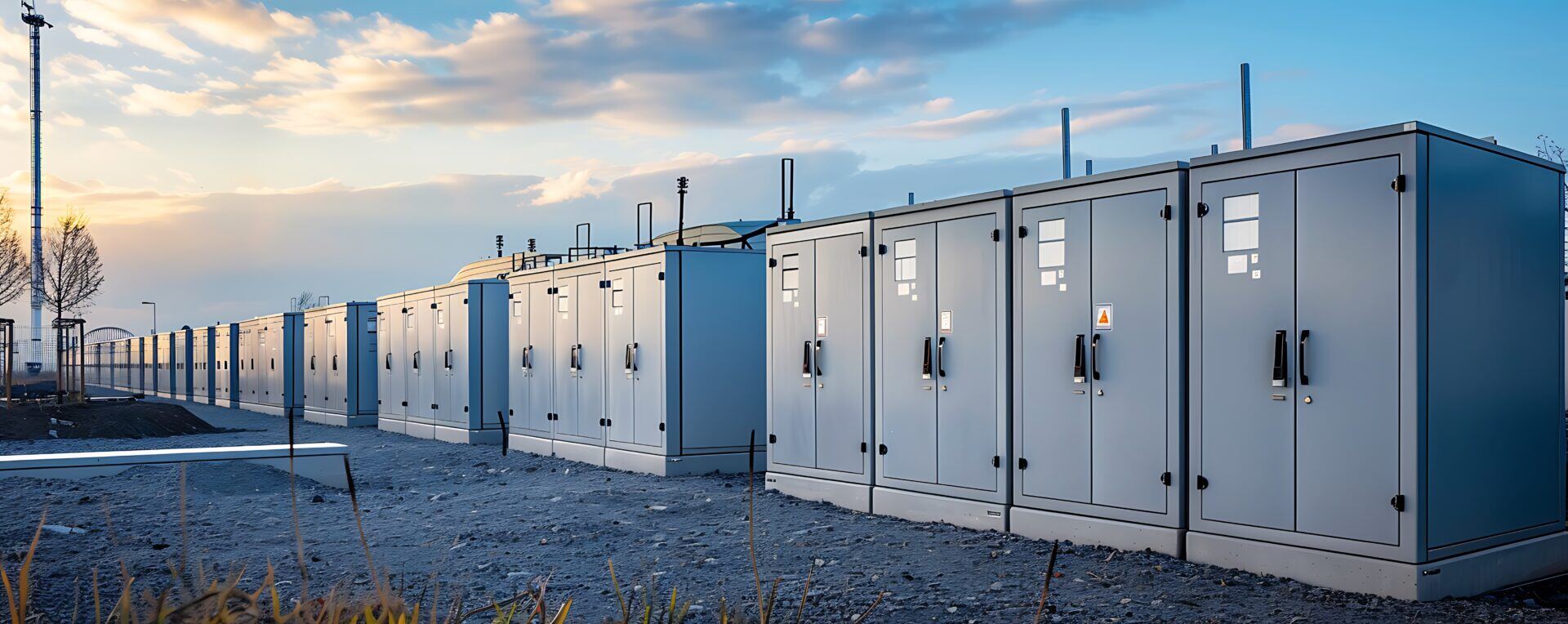From sensor to cloud: 5 ways cloud-native solutions improve renewable operations

Stay in touch
Subscribe to our newsletter for expert insights, company updates, and the latest in renewable energy management solutions.
From sensors in the field to analytics in the control room, data travels a long way before it actually drives a decision. And the more systems it has to move through, like local servers and databases, OEM portals, and siloed applications, the slower and less reliable that decision becomes.
This is a common bottleneck for many renewable energy operators today. As portfolios expand and the volume of data grows, traditional on-premises systems lack the processing power and agility needed to keep up with operational decisions. This can lead to maintenance inefficiencies, delayed grid responses, and ultimately, missed revenue opportunities.
Sensor-to-cloud architecture solves these challenges head-on. By securely sending data from field devices straight into a centralized cloud platform, operators cut out unnecessary data transfers and gain faster, more reliable insights.

So, what does "sensor to cloud" really mean in practice?
At its core, sensor-to-cloud connects every renewable asset, from inverters and turbines to batteries, through sensors and edge devices streaming data to a centralized cloud platform. Once there, the data is normalized, analyzed in real time, and transformed into actionable insights.
And while faster insights are a big part of the value, there’s much more to it. Moving to a cloud-based architecture also allows operators to scale, manage costs, and maintain reliability across renewable fleets. Here are five ways these benefits play out in real operations.
Five ways cloud-based solutions improve renewable energy operations
1. From data chaos to portfolio clarity
The challenge: Managing multiple asset types (solar, wind, BESS, and hybrid systems) across different locations with fragmented monitoring systems creates overwhelming data chaos. Teams spend more time hunting for data than analyzing it.
The cloud solution: Sensor-to-cloud platforms normalize and prioritize data in real time, giving operators a clear picture of what’s happening across the portfolio right now. Events are automatically categorized and prioritized by severity and financial impact, turning chaos into clear, actionable insights.
2. Why cloud economics win
The challenge: On-premises solutions may seem cost-effective at first, but hidden costs like server management, IT expenses, security updates, and custom integrations quickly add up, limiting scalability and flexibility. Often, these costs surpass the original software investment.
The cloud solution: Cloud-based solutions reduce infrastructure overhead by handling updates and maintenance automatically. Teams no longer need to spend time or money managing servers or patching software, freeing them up to focus on scaling operations and improving asset performance.
3. Scale without breaking your architecture
The challenge: Traditional databases and rigid architectures struggle to accommodate portfolio growth and the addition of new technologies like storage or hybrid systems. Adding sites often means costly system overhauls or performance compromises.
The cloud solution: Cloud-based architectures are built to scale. They use a microservices design, where each feature, like storage optimization, runs independently. This allows new functionality to be added seamlessly without custom integrations or system reconfiguration.
4. Speed matters when revenue is on the line
The challenge: Delayed fault detection and slow response times can have a direct impact on revenue. Every minute of downtime means lost energy production and missed opportunities. Relying on reactive maintenance leads to unnecessary truck rolls and longer outages, increasing costs and reducing overall efficiency.
The cloud solution: Cloud processing analyzes data in real time, quickly spotting issues and helping operators address them before failures happen. This increases availability and reduces O&M costs.
5. Unified data for better insights
The challenge: When asset data lives in separate systems across different vendors and technologies, operators struggle to see the full picture of portfolio performance. This slows forecasting, reporting, and long-term decision-making.
The cloud solution: When all data flows into a single cloud platform, operators get a complete, normalized view across the portfolio. This unified view supports more accurate performance metrics, forecasting, and reporting, helping teams act quickly and strategically.

Key questions to ask your cloud solution provider
Not all cloud solutions are created equal. To make sure you’re choosing a platform that will support long-term growth, ask your provider these five questions:
Is your platform cloud-native or just cloud-hosted?
Cloud-native platforms are built for the cloud from the ground up, allowing real-time processing, scalability, and modular updates; cloud-hosted just runs traditional software in the cloud.
Can it scale with my growing portfolio and integrate new asset types?
Your platform should grow with your operations without costly overhauls or limitations as you add storage, hybrid assets, or new sites.
How does it manage data integration across vendors and market systems?
Seamless integration provides a complete, accurate view of all your assets, rather than juggling siloed systems.
Does it support real-time monitoring, alerts, and automated responses?
Faster insights and automated actions mean less downtime, fewer truck rolls, and more revenue captured.
How does it ensure data accuracy, integrity, and traceability?
Reliable data is the foundation of confident decision-making, regulatory compliance, and accurate forecasting.
Sensor-to-cloud done right
A platform designed with sensor-to-cloud principles helps operators turn fragmented systems and slow decision-making into clear, actionable insights. Operators get unified visibility across their portfolio, detect and resolve issues faster, and manage assets more efficiently — the kind of control teams need to grow without limits.
Power Factors' Unity platform brings these benefits together, demonstrating what true cloud-based solutions should deliver. With proven experience managing 310+ GW across 70+ energy markets, Unity combines real-time SCADA-EMS control with advanced asset performance management insights in a single, scalable cloud platform.
Ready to explore how cloud-based solutions can help you reach your growth potential? Book a demo with our team of experts.


.jpeg?width=2000&name=AdobeStock_691268307%20(3).jpeg)


